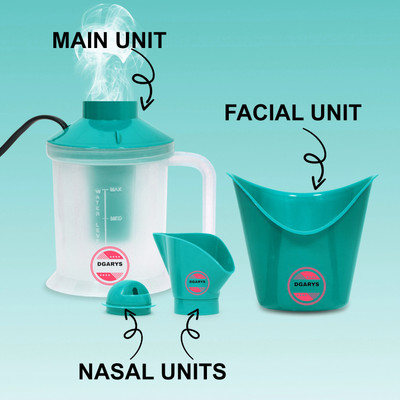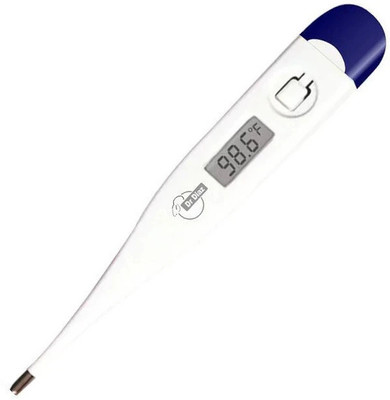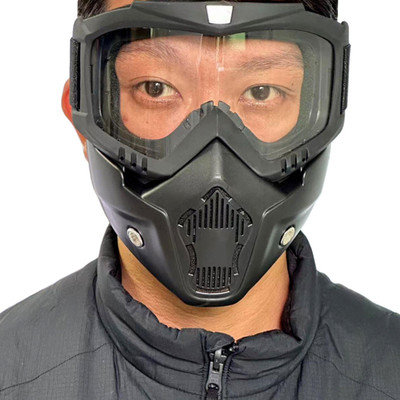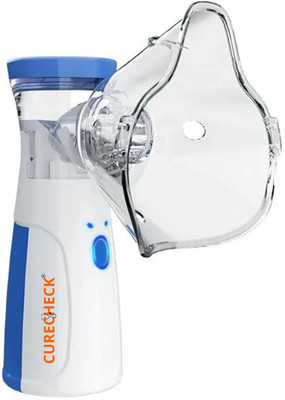
Bos Medicare Surgical Fingertip pulse oximeter with Display, Visual measures Pulse Oximeter (Multicolor)
Share
Bos Medicare Surgical Fingertip pulse oximeter with Display, Visual measures Pulse Oximeter (Multicolor)
Be the first to Review this product
₹967
₹1,250
22% off
Available offers
T&C
T&C
Warranty
Na
Delivery
Check
Enter pincode
Delivery by1 Jul, Tuesday
?
View Details
Highlights
- Type: Fingertip
Services
- Na
- Cash on Delivery available?
Seller
Description
A pulse oximeter is a compact and portable device designed to measure oxygen saturation levels (SpO2) and pulse rate in the blood. It provides quick and accurate readings within seconds, making it ideal for home use, hospitals, clinics, sports enthusiasts, and individuals with respiratory conditions.
Benefits:
1. Monitors Oxygen Levels – Helps detect low oxygen levels early, preventing complications.
2. Tracks Heart Rate – Displays pulse rate to ensure proper cardiovascular function.
3. Compact & Portable – Lightweight and easy to carry for on-the-go monitoring.
4. Easy to Use – One-button operation with clear digital display.
5. Suitable for All Ages – Can be used by adults and children.
Uses:
1. For Home & Personal Use – Ideal for individuals with asthma, COPD, or respiratory conditions.
2. For Athletes & Fitness Enthusiasts – Used to monitor oxygen levels before and after workouts.
3. For Medical Professionals – A handy tool for doctors, nurses, and caregivers.
4. For High-Altitude Activities – Useful for trekkers, mountaineers, and pilots to monitor oxygen
How to Use:
1. Insert two AAA batteries (if required).
2. Open the clamp and insert your index, middle, or ring finger.
3. Press the power button to start the measurement.
4. Remain still while the device calculates your oxygen levels (SpO2) and pulse rate.
5. Read the results on the LED display.
6. Remove your finger, and the device will automatically shut off after a few seconds.
Safety Tips:
1. Do not use on wet hands or in high-humidity environments.
2. Avoid movement while measuring for accurate results.
3. Not a substitute for medical diagnosis – consult a doctor for concerns.
4. Keep away from small children to prevent accidental ingestion of small parts.
5. Do not use near MRI or CT scanners due to electromagnetic interference.
Who Should Use a Pulse Oximeter?
1. Patients with respiratory diseases (COPD, Asthma, COVID-19, etc.)
2. Seniors and individuals with heart conditions
3. Athletes & fitness trainers for performance tracking
4. Pilots & high-altitude climbers to prevent altitude sickness
Read More
Specifications
In The Box
| Sales Package |
|
General Features
| Type |
|
| Ideal For |
|
| Operational LED Lights |
|
| Wavelength of LED |
|
| Certification |
|
Display
| Display Type |
|
| Readings Displayed |
|
| Other Display Features |
|
Measurement Range
| Oxygen Saturation Range |
|
| Pulse Rate Range |
|
| Measurement Accuracy |
|
| Resolution |
|
Indicators
| Low Battery Indicator |
|
| Sensor Fault Indicator |
|
| Alarm |
|
| Other Indicators |
|
Convenience Features
| Auto Shut Off |
|
| Water-proof |
|
| Memory |
|
Power
| Power Supply |
|
| Battery Life |
|
Additional Features
|
Dimension
| Width x Height x Depth |
|
| Weight |
|
Warranty
| Service Type |
|
| Not Covered in Warranty |
|
| Covered in Warranty |
|
| Warranty Summary |
|
Legal Disclaimer
|
Be the first to ask about this product
Safe and Secure Payments.Easy returns.100% Authentic products.
Back to top












